Contact: ecc11-org (at) nonlineaire.univ-lille1.fr


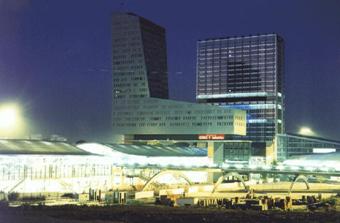
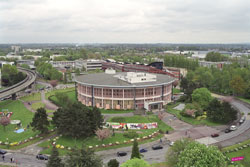


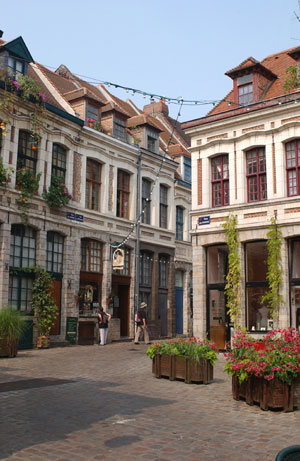
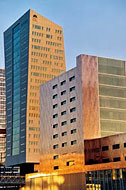
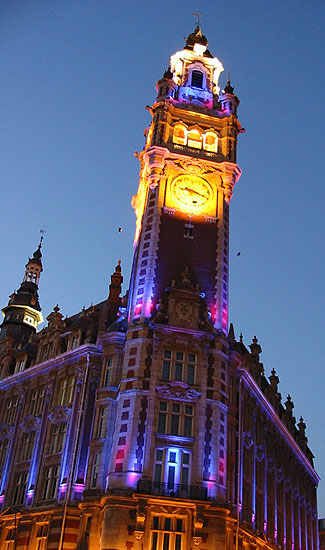
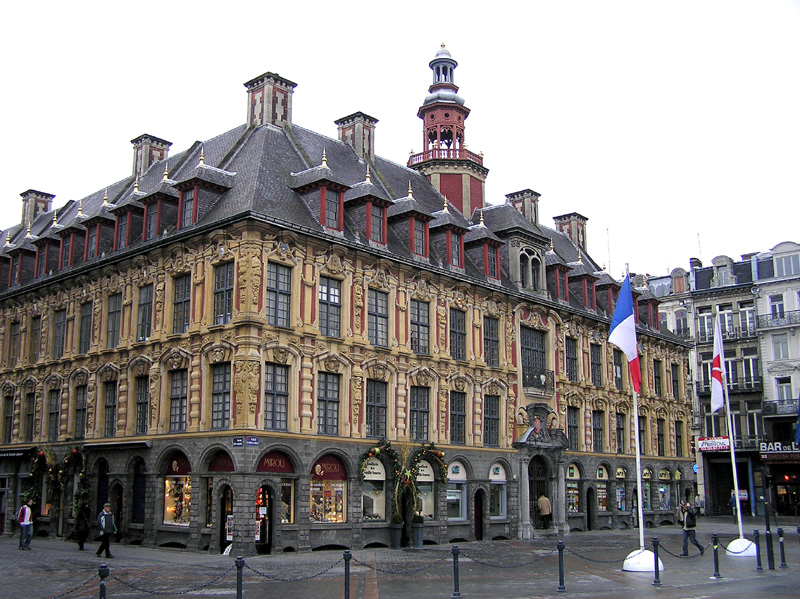
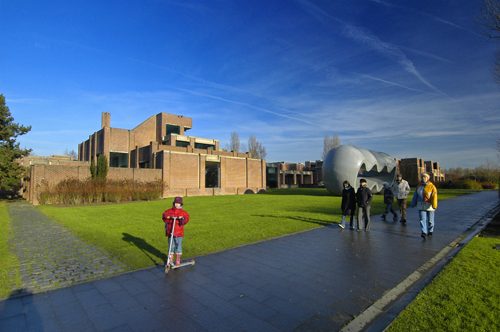



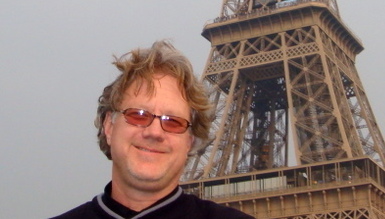
Jeff HASTY
Departments of Molecular Biology and Bioengineering University of California, San Diego
Jeff Hasty received his Ph.D. in physics from the Georgia Institute of Technology in 1997, where he worked with Kurt Wiesenfeld. He was a postdoc with Jorge Vinals at the Supercomputing Research Institute ('97-'98), and a postdoctoral fellow with Jim Collins in the Applied BioDynamics Lab at Boston University ('98-'01). Somewhere during his postdoctoral stay at Boston University, he mutated into a hybrid computational/molecular biologist. He is currently at the University of California, San Diego, where he is an Associate Professor in the Departments of Molecular Biology and Bioengineering, and the Director of the BioCircuits Institute. His main interest is the design and construction of synthetic gene-regulatory and signaling networks.
Engineered genetic oscillations
One defining goal of synthetic biology is the development of engineering-based approaches that enable the construction of gene-regulatory networks according to design specs generated from computational modeling. This has resulted in the construction of several fundamental gene circuits, such as toggle switches and oscillators, which have been applied in novel contexts such as triggered biolm development and cellular population control. In this talk, I will first describe an engineered genetic oscillator in Escherichia coli that is fast, robust, and persistent, with tunable oscillatory periods as fast as 13 minutes. This oscillator was designed using a previously modeled network architecture comprising linked positive and negative feedback loops. Experiments show remarkable robustness and persistence of oscillations in the designed circuit; almost every cell exhibited large-amplitude fluorescence oscillations throughout observation runs. The period of oscillation can be tuned by altering inducer levels. Computational modeling reveals that the key design principle for constructing a robust oscillator is a small time delay in the negative feedback loop, which can mechanistically arise from the cascade of cellular processes involved in forming a functional transcription factor. I will then describe an engineered network with global intercellular coupling that is capable of generating synchronized oscillations in a growing population of cells. The network is based on the interaction of two quorum sensing genes; luxI, which produces an intercellular transcriptional activator (AHL, acyl-homoserine lactone), and aiiA, which degrades AHL intracellularly. Microfluidic devices tailored for cellular populations at differing length scales are used to demonstrate collective synchronization properties along with spatiotemporal waves occurring on millimeter scales. The period of the bulk oscillations ranges from 55-90 minutes, depending on the effective degradation rate of the AHL coupling molecule. In large monolayer colonies of cells, the time scale for the diffusive coupling of AHL is characterized by wavefront velocities that range from 8-30 microns/min.